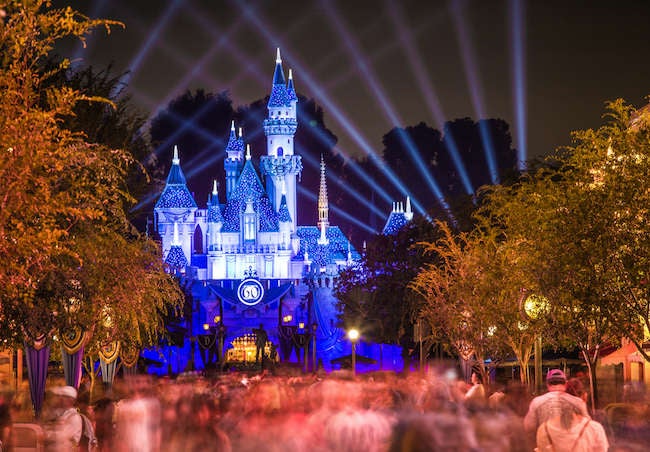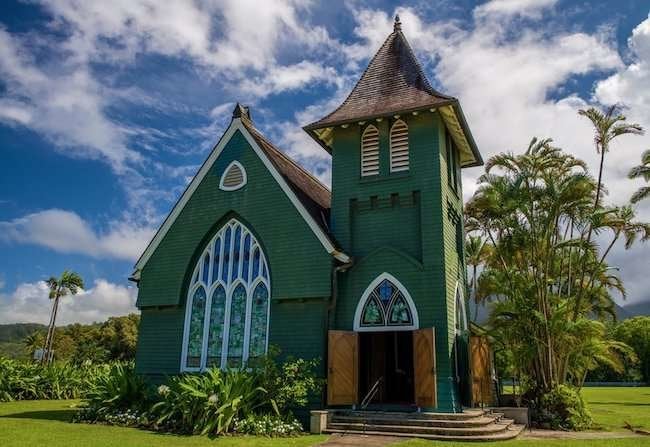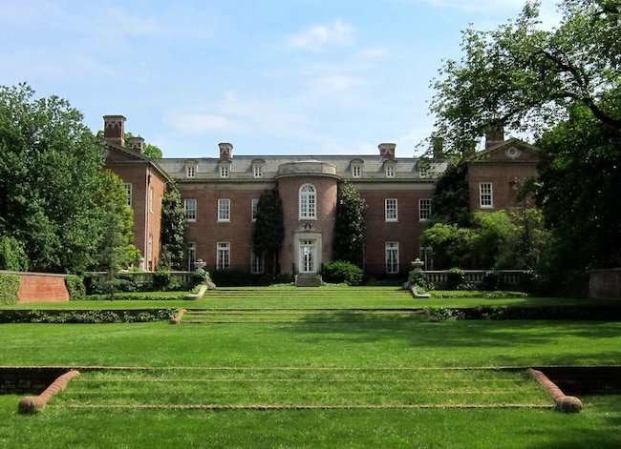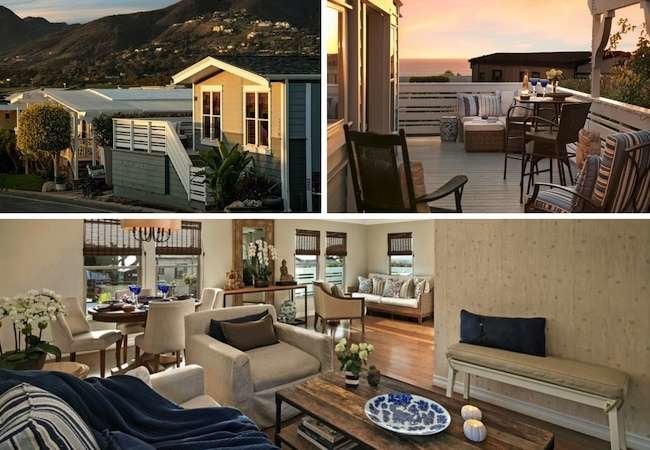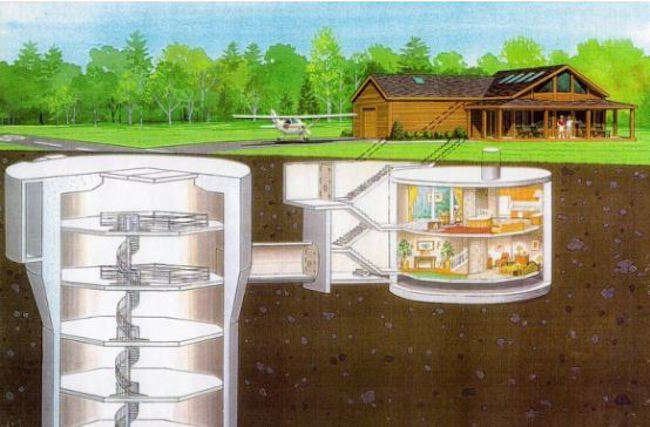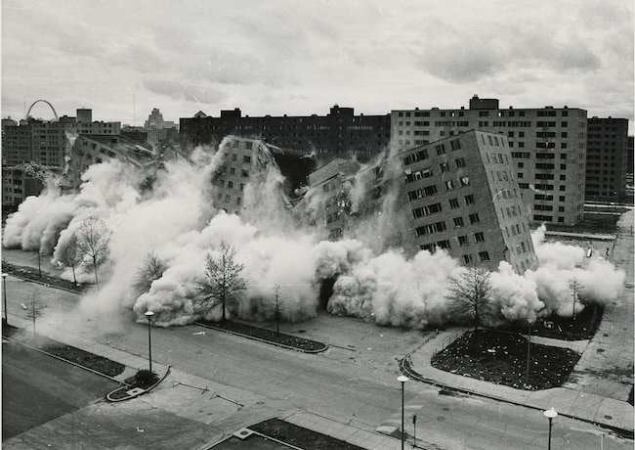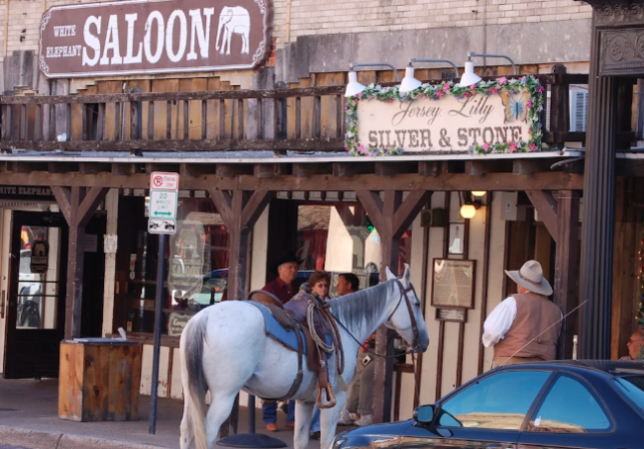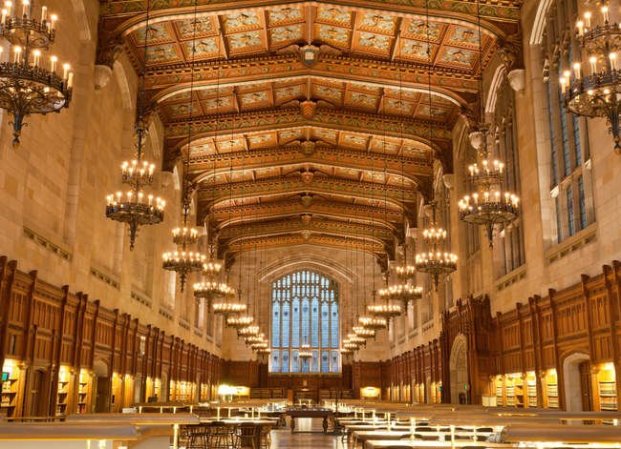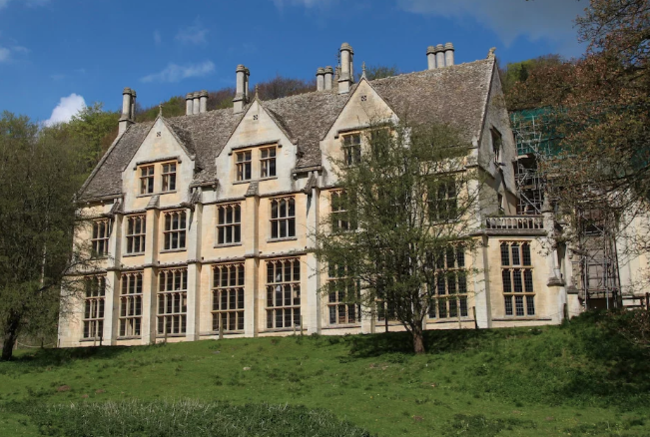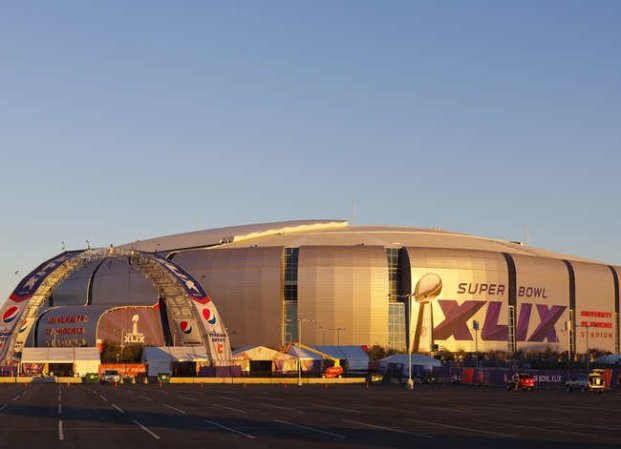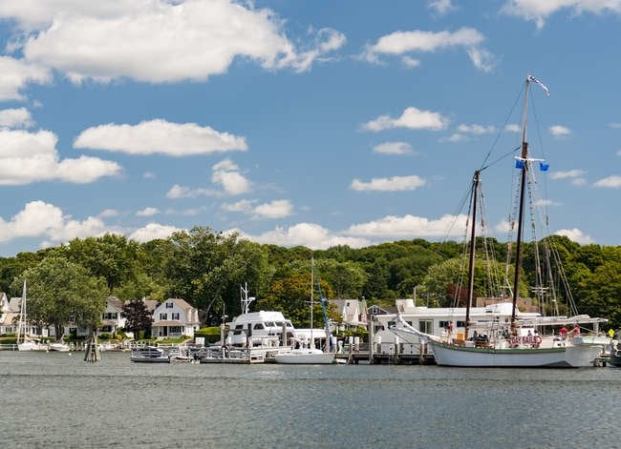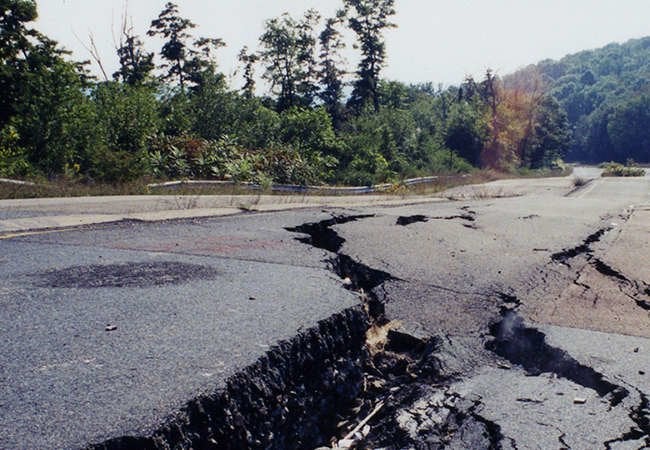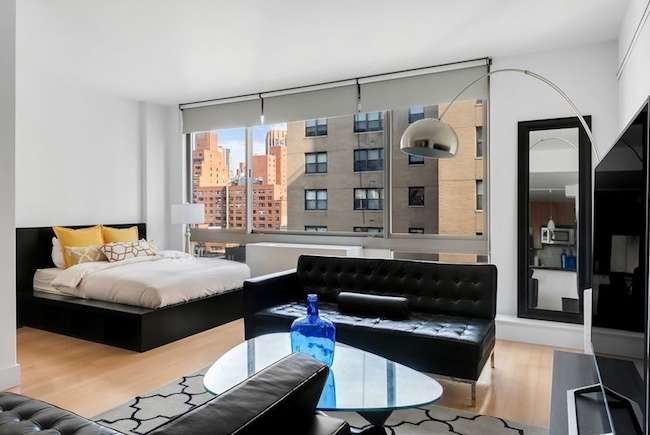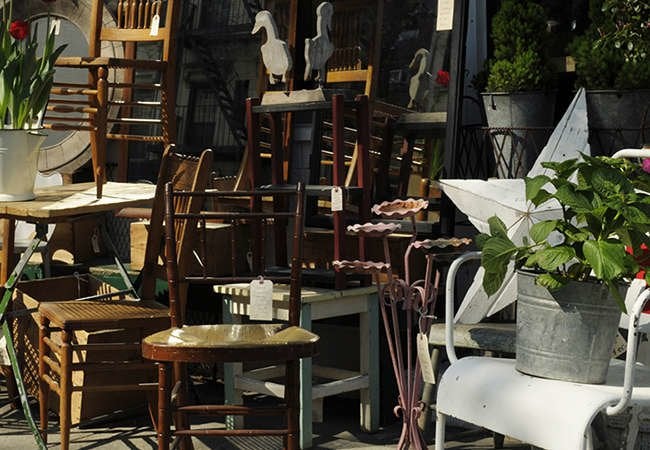We may earn revenue from the products available on this page and participate in affiliate programs. Learn More ›
Enchanting Edifices
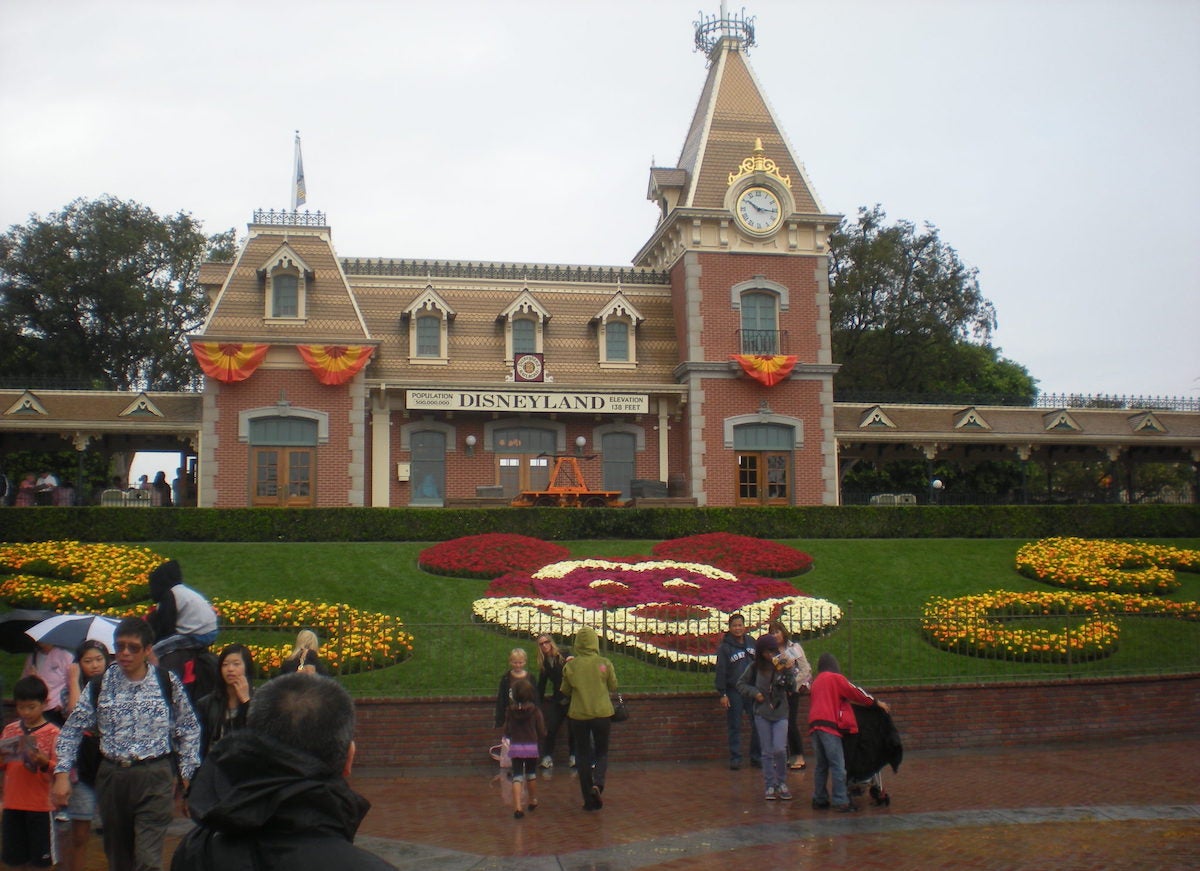
Wikimedia Commons via Boris Dzhingarov
With the opening of Disneyland in 1955, animator Walt Disney brought to life his vision of a “magic kingdom,” an amusement park that would delight both children and adults. The success of his towering achievement is due in no small part to the immersive architecture at “the Happiest Place on Earth.” Today, theme parks and other properties that bear the Disney name, from California to Tokyo, draw visitors from around the globe, charmed as much by the structures themselves as they are by the attractions within them. Click through to see some of the most impressive architectural displays at Disney properties. These joyful celebrations of imagination, fantasy, nostalgia, and invention alone are well worth the admission price.
Sleeping Beauty Castle
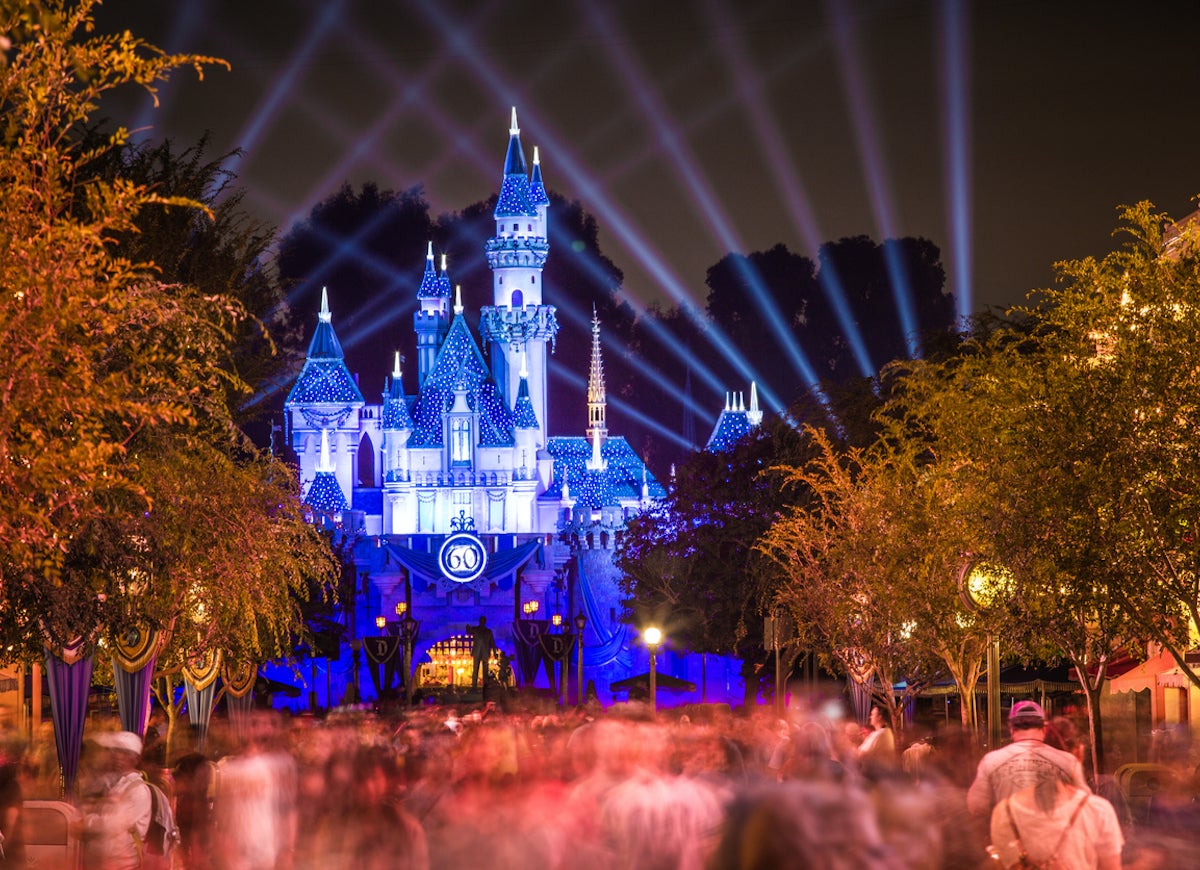
Inspired by Neuschwanstein Castle, a picturesque 19th-century castle in Germany, Sleeping Beauty Castle at Disneyland Park in Anaheim, California, reaches nowhere near its European counterpart’s 213 foot height. Yet, despite its more intimate scale, the 77-foot-tall structure seems to tower over Main Street, thanks to the fact that design elements like the bricks in the walls get progressively smaller as they reach greater heights, imposing a forced perspective that exaggerates the castle’s size. This iconic symbol of the park dates back to opening day in 1955. The interior of the castle, which opened to visitors two years later, includes dioramas that tell the story of “Sleeping Beauty.” Fanciful features include imposing arches, a French-inspired golden crest (a rendering of the Disney coat of arms) above the entry, a drawbridge that has been lowered only twice, and below it, a moat known as Lake of the Swans.
Spaceship Earth
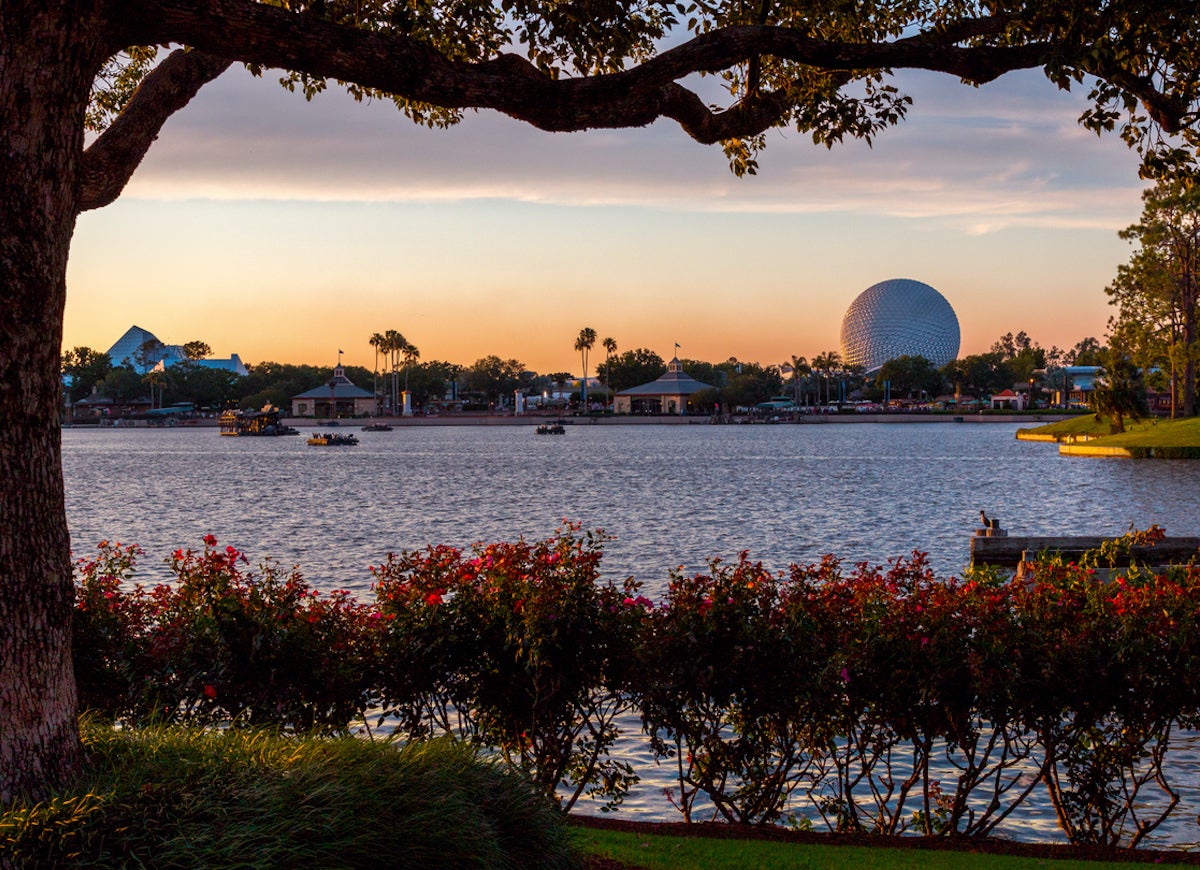
Since 1982, Spaceship Earth at Epcot in Bay Lake, Florida, has offered visitors a ride through scenes of historic human feats, from cave paintings to the moon landing and beyond, but the attraction’s exterior itself is a triumph of man’s ingenuity. It takes the form of a geodesic sphere, which was designed by Imagineers with assistance from science fiction writer Ray Bradbury (who also helped pen the script for the attraction). The sphere stands 180 feet tall and incorporates 11,324 aluminum composite triangular facets spaced 1 inch apart to allow for the structure’s drainage system as well as contraction and expansion.
Walt Disney World Swan and Dolphin Resort
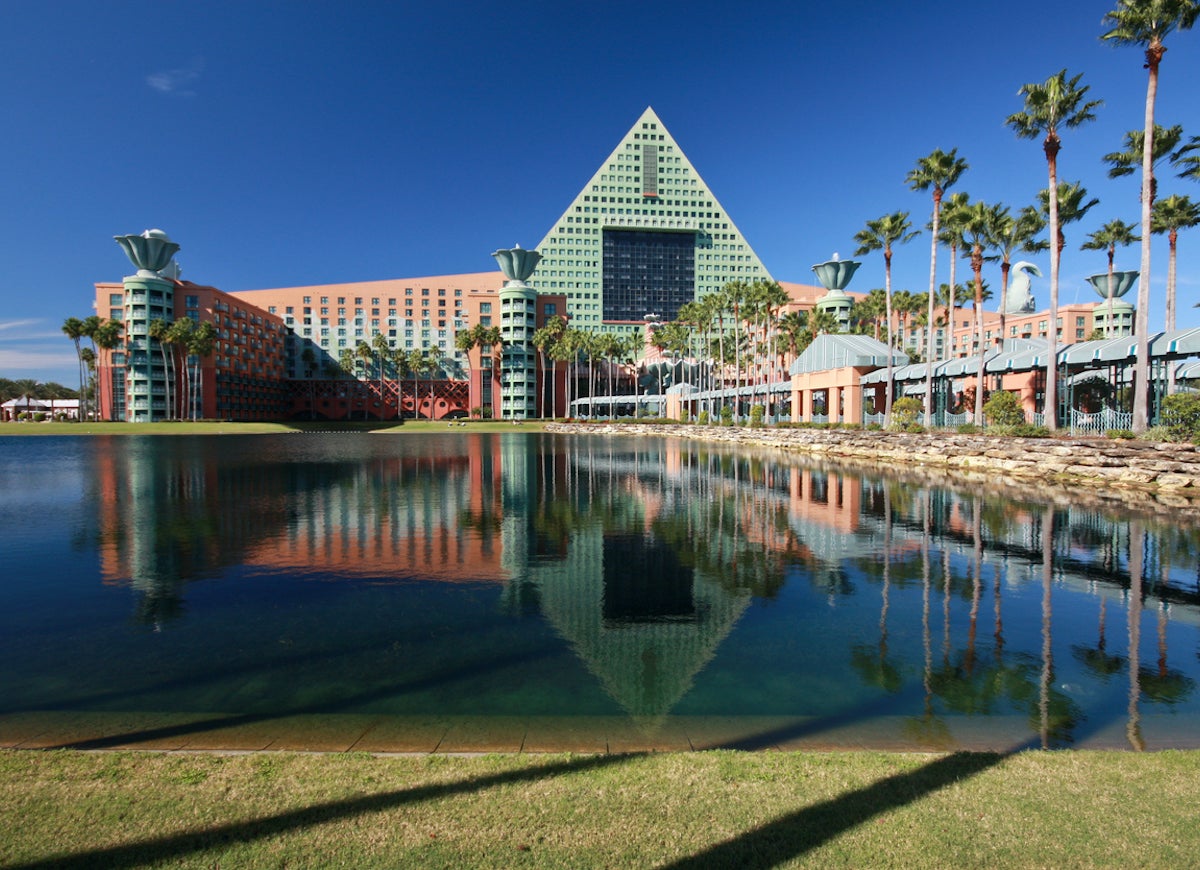
Designed by architect Michael Graves, the Swan and Dolphin hotels, with their colorful postmodern aesthetic tempered with dashes of Renaissance elegance, are works of art in themselves. (Though they sit on Disney property, these Lake Buena Vista, Florida, resorts, which opened in 1989 and 1990, are actually managed by Westin hotels.) Statues of the namesakes of each hotel perch atop each building: two 47-foot swans, which weigh in at 56,000 pounds, and two 56-foot dolphins. In a nod to Florida’s subtropical climate, both hotels feature a coral-and-aqua-blue color scheme as well as swaying palm trees, lush lawns, and stately fountains.
Walt Disney Concert Hall
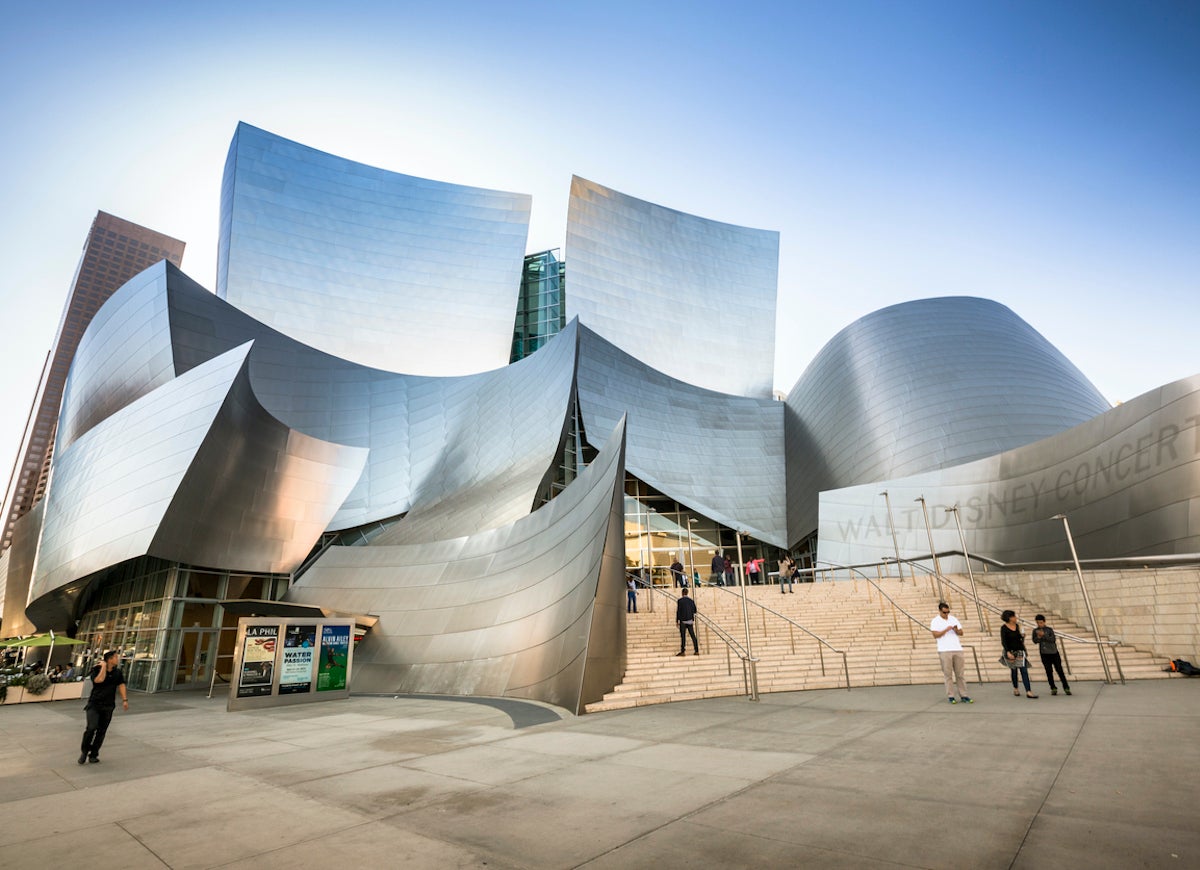
The home of the Los Angeles Philharmonic, this 3.6-acre complex designed by Frank Gehry has brought music to the ears of orchestra buffs and offered up visual treats to architecture enthusiasts since its opening in 2003. Bearing similarities to Gehry’s Guggenheim Museum Bilbao in Spain, the Deconstructivist-style exterior boasts curved silver panels resembling sails, which represent musical movement to some viewers or the dynamism of the city to others. Beyond the building lies a garden with a rose-shaped fountain made from broken china—a tribute to Lillian Disney, Walt Disney’s widow and one of the hall’s donors.
Monsanto House of the Future
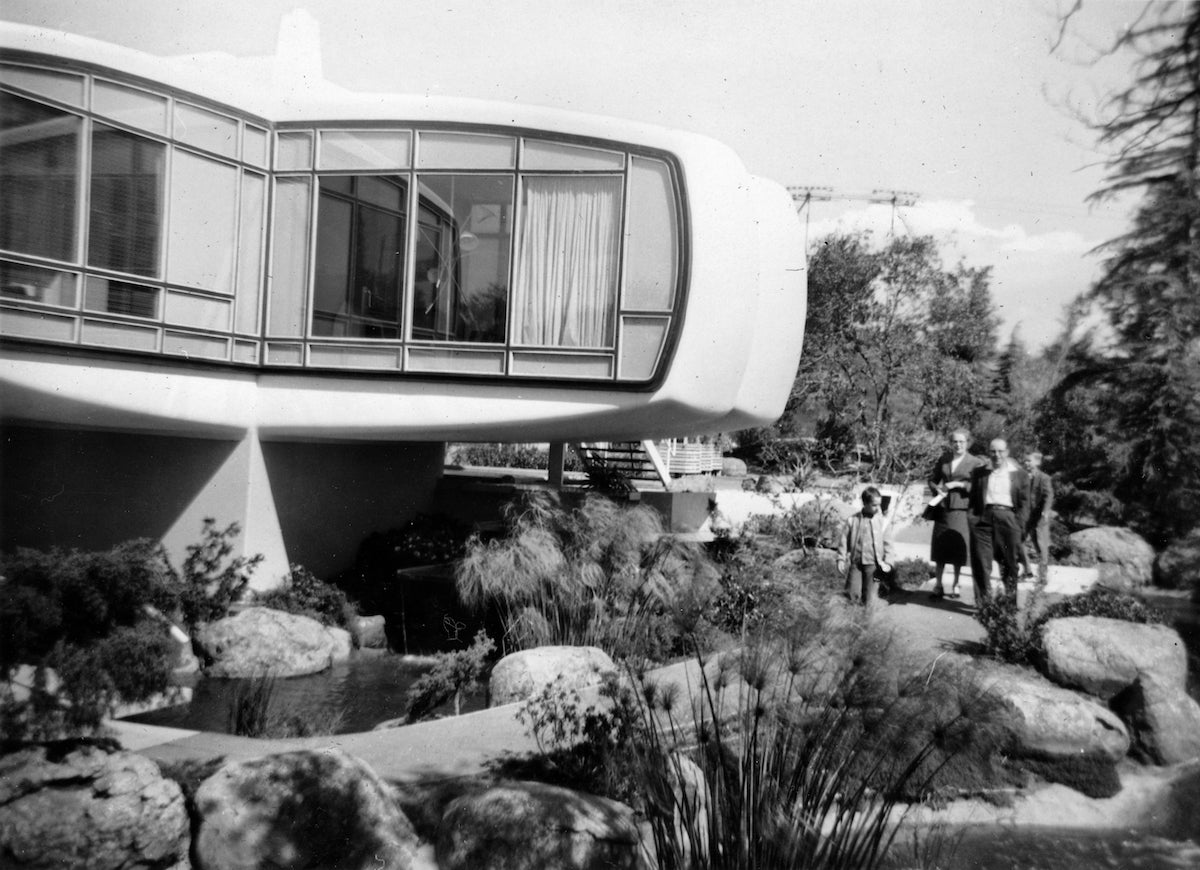
Wikimedia Commons via Orange County Archives
A collaboration between Monsanto and Disney, the Monsanto House of the Future opened in Tomorrowland at Disneyland Park in Anaheim in 1957, and envisioned a future in which we’d all be up to our ears in plastic. Made entirely of plastic, the prefabricated house resembled a spaceship and featured futuristic (at the time) touches such as a microwave oven and dimmable lights. Though tens of millions would visit it over the next decade, according to the Science History Institute, the attraction was perhaps a little too ahead of its time to have staying power; it was demolished in 1967. As a testament to the structure’s strength, it reportedly had to be sawn apart after a wrecking ball failed to break through the rugged plastic.
Related: 14 Abandoned Amusement Parks—and What They Look Like Now
Enchanted Storybook Castle
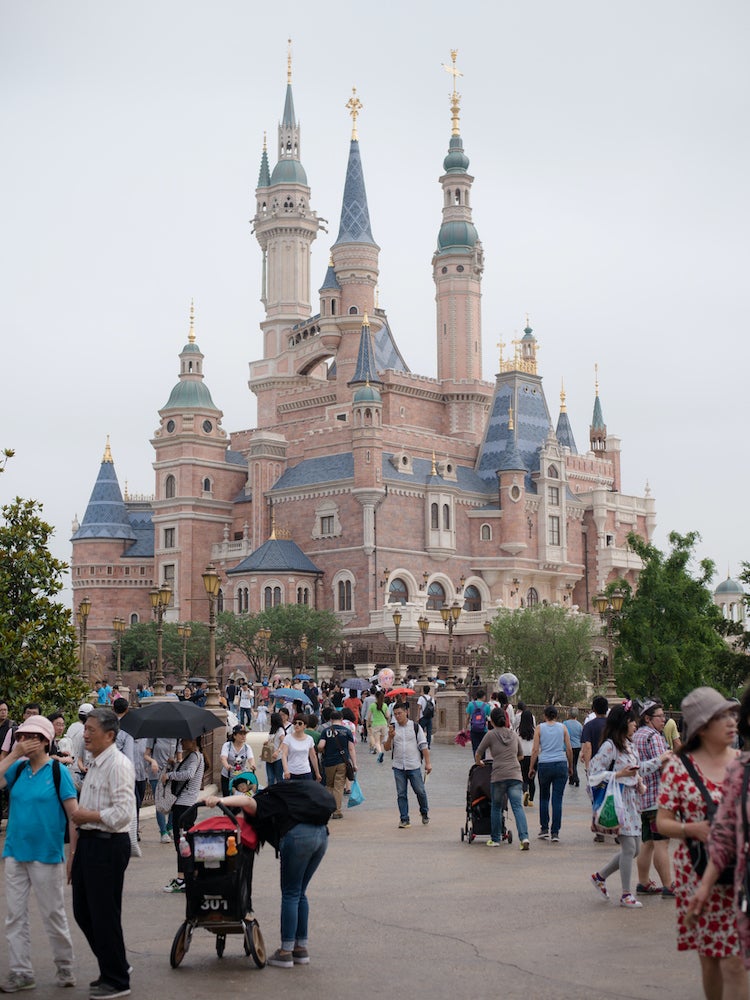
Opened in 2016, the Enchanted Storybook Castle at Shanghai Disneyland Park offers walk-throughs of exhibits representing all the Disney princesses and is the tallest of the six Disney castles, reaching close to 200 feet. Hewing to the mantra “authentically Disney, distinctly Chinese,” the tallest of the eight towers is topped with a golden peony finial symbolizing China above a stream of shooting Disney stars; one of the remaining spires has a gold finial shaped like a magnolia (an important flower for the Shanghainese), and another carries a crown representing the Disney princesses.
Phantom Manor
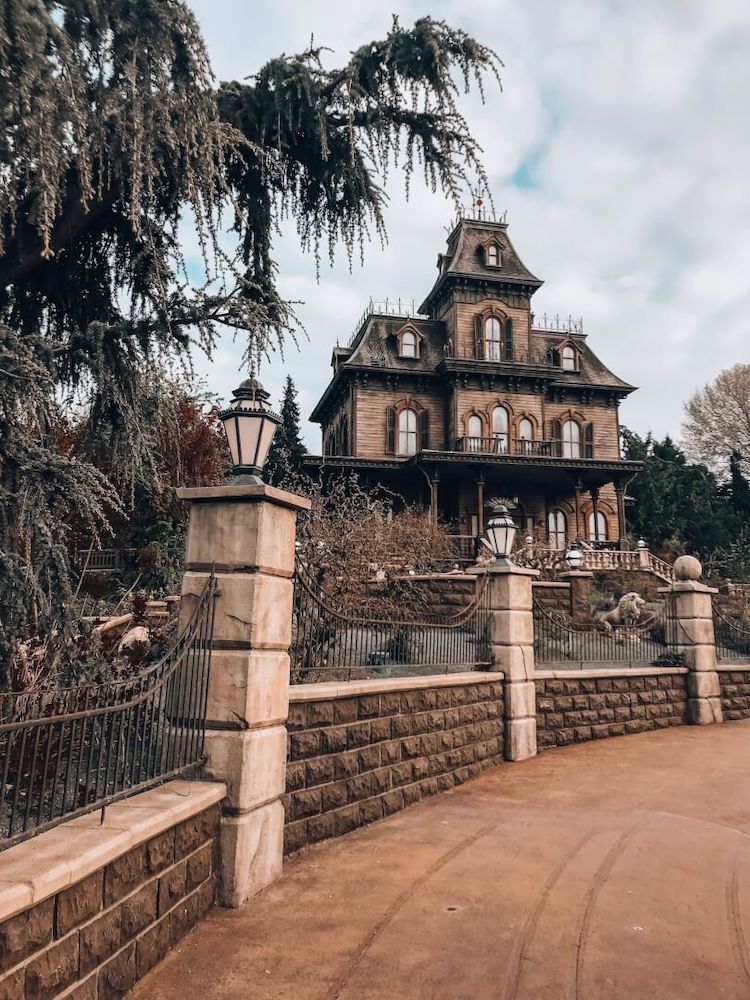
The Disneyland Paris equivalent of the Haunted Mansion at Walt Disney World and other Disney parks, this dark-ride attraction opened in 1992 in Frontierland in the French park in Marne-la-Vallée. Though it promises glimpses of 999 “happy haunts,” its imposing exterior is forbidding enough to give visitors second thoughts about dropping by. Built in the Victorian Second Empire architectural style, the house also took inspiration for its deliberately dilapidated look from the Fourth Ward school building in the old mining town of Virginia City, Nevada.
Tokyo Disneyland Hotel
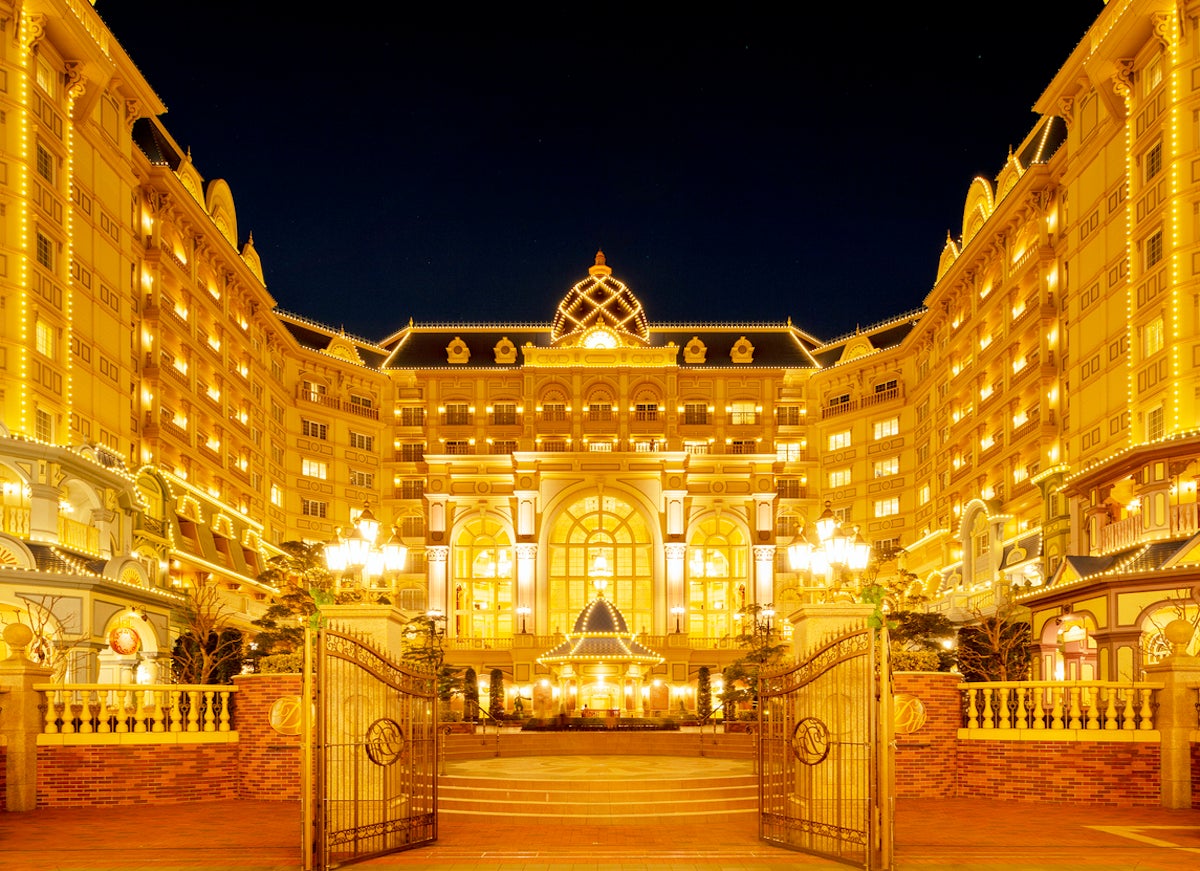
Opened in 2008, this Victorian-style accommodation in Urayasu, Japan, is the largest and perhaps most striking of the three Disney hotels in Tokyo Disney Resort. The nine-story hotel with a sweeping entryway and ornate dome manages to blend the early 20th-century Victorian architectural style that Walt Disney embraced throughout his career with that of World Bazaar, the first themed land to greet guests as they stroll into Tokyo Disneyland.
Entrance to Disneyland Paris
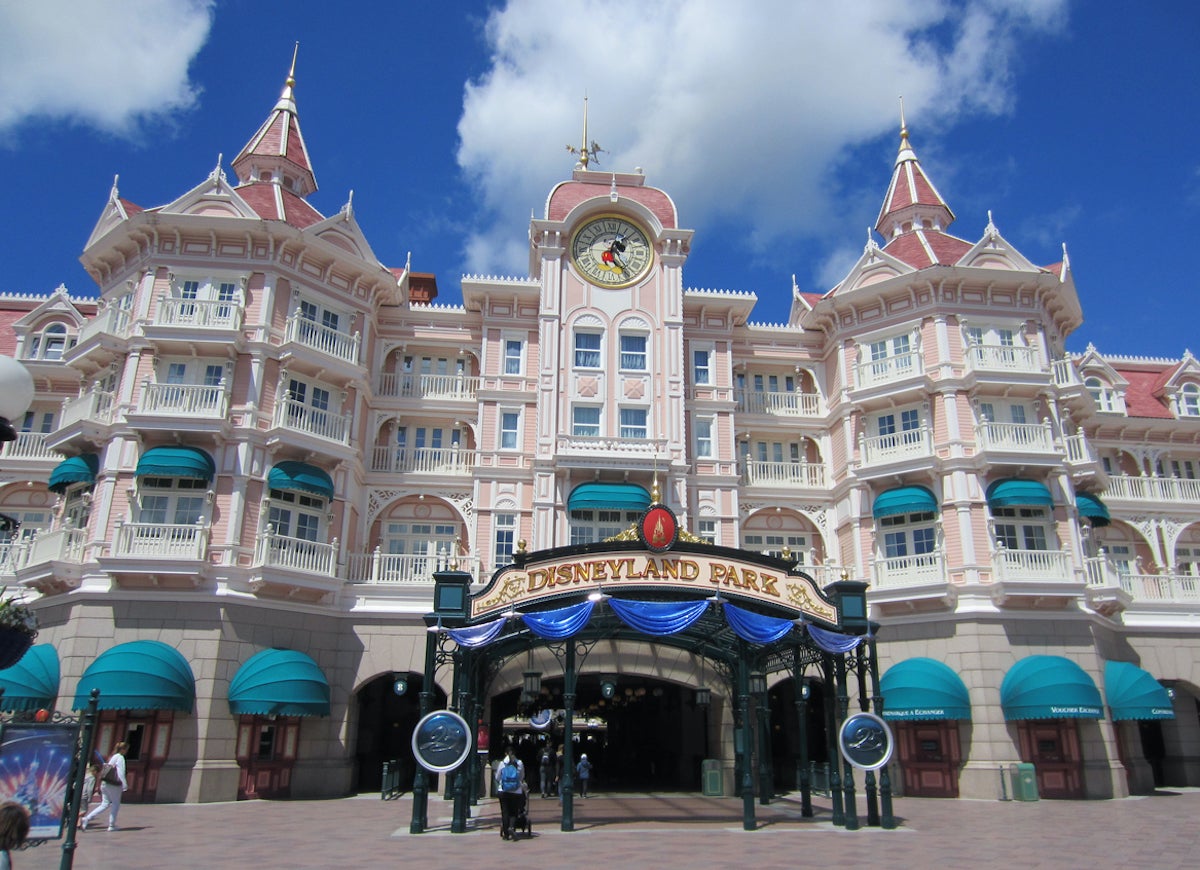
Entering Disneyland Paris is a magical experience. Park-goers stroll through Fantasia Gardens, which features topiaries from the eponymous film, to arrive at the grand gateway to the park. Inside the ticketing hall, turnstiles hark back to a more gracious era and ticket booths look like they were taken from a Victorian bank. Above this spacious hall sits the Disneyland Hotel, a pink Victorian confection that evokes the storied Hotel del Coronado in California, with blush-colored turrets and broad bay windows.
Flo’s V8 Cafe
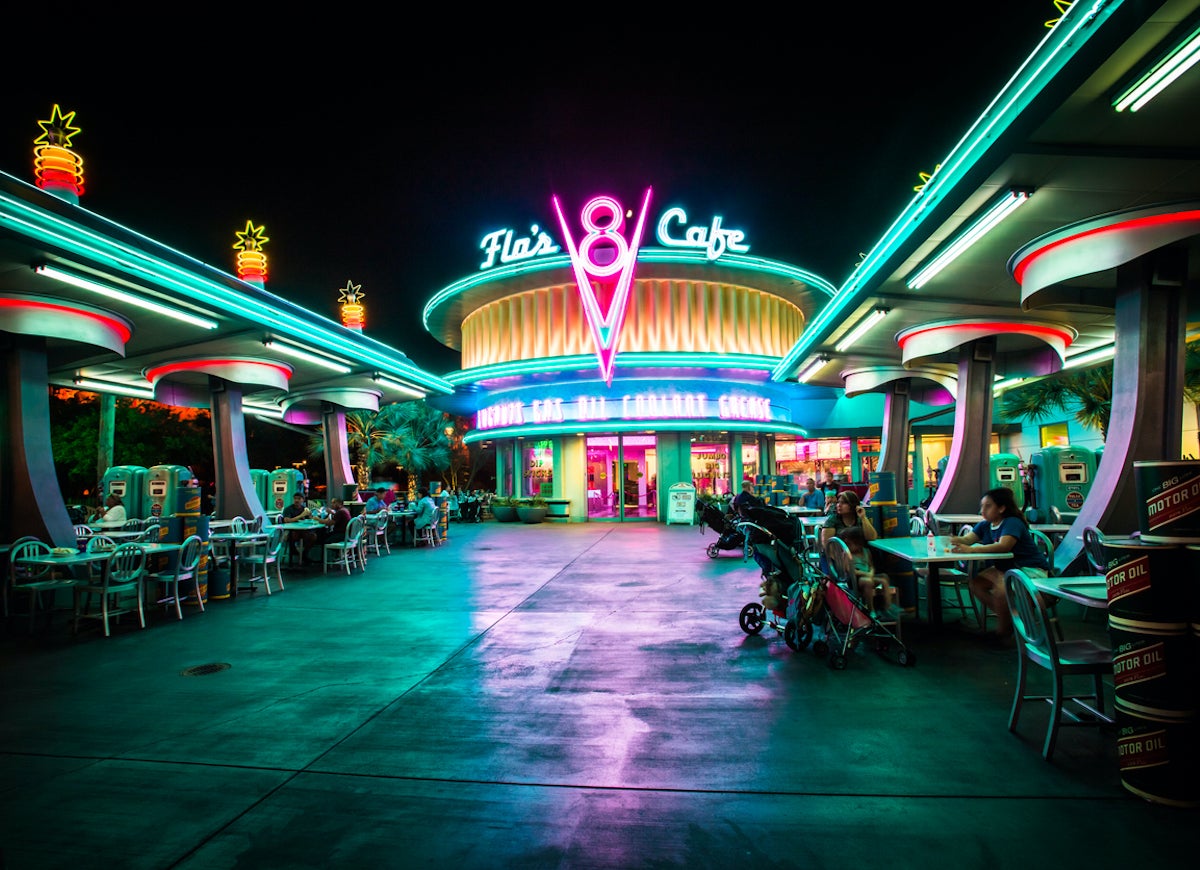
Patrons of Disneyland in Anaheim can fuel up at this retro diner in Cars Land that opened in 2012 and serves up American classics like fried chicken alongside architectural eye candy. A replica of the eponymous cafe in the hit Disney film “Cars,” itself named in honor of the V8 engine, the car-themed canteen incorporates design elements resembling pistons, spark plugs, and even an air filter.
